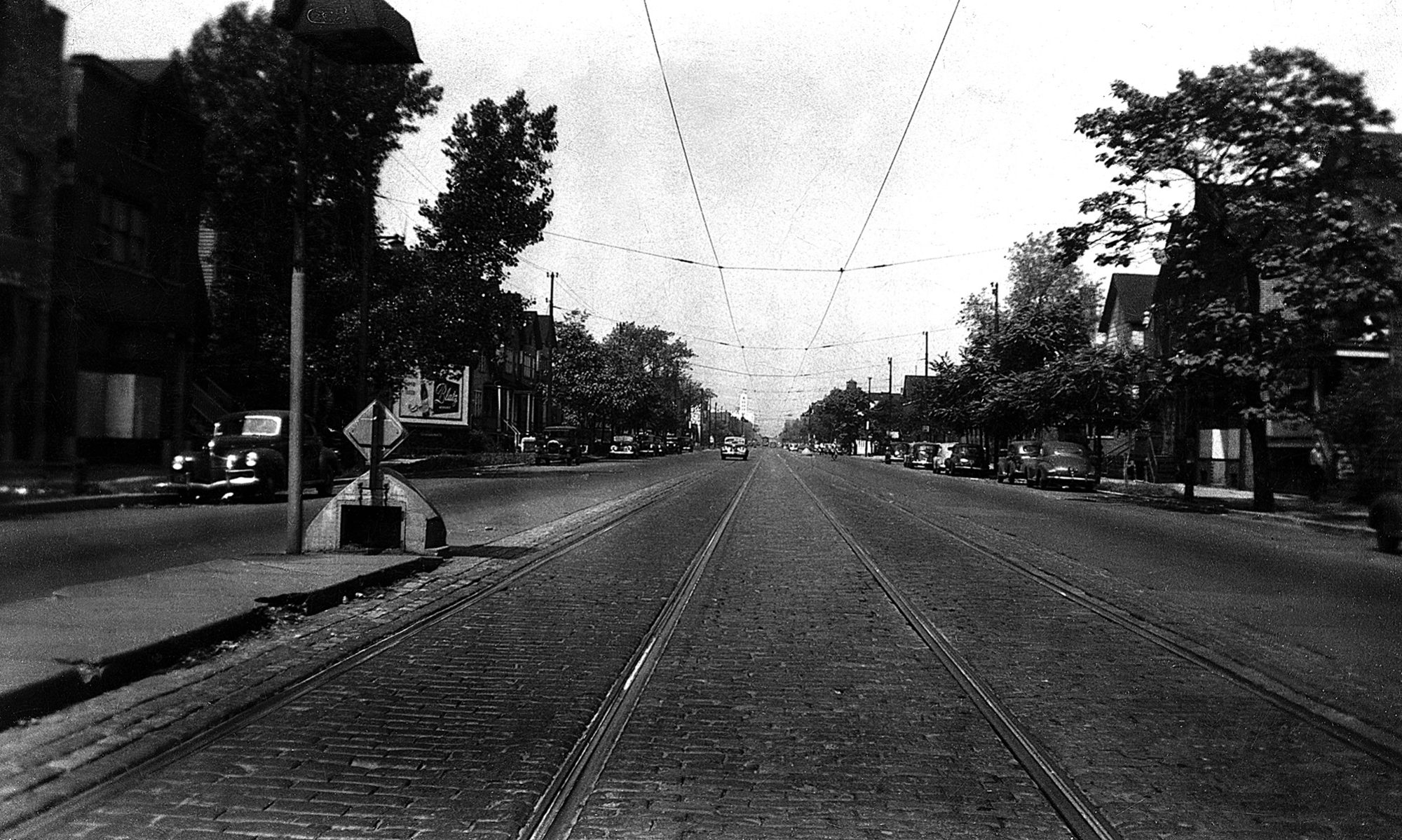Artists of all types starve for recognition and affirmation. A few years ago, I began looking for that love in all the wrong places. I still have accounts with Instagram, Flickr, and Behance, but use them very little. No more competing for “favs” and “likes” for my photography.
Pitfalls of Social Media
The entire social media scene is a pit for the arts, including photography. If you pay attention, you can witness the games the “influencers” play. On Instagram, a pattern of behavior emerged for me. A person would make a comment, give me a “like”, and begin to follow me. Influenced by flattery, I followed back, usually after viewing their profile and making some nice comments about several of their images. The very next day, my follower count went down by one and the person was gone.
These sites are good for nothing unless you want to delude yourself. They do not sell your work. You will not get honest feedback on your work.
Other Ways to Seek Affirmation
Become a member of a local gallery and associate with real people who are working in the same medium as you. Be brave and exhibit your work. Participate in a few juried exhibits. Put a price on your stuff that is significantly more than the cost of the frame. With time and talent, you will find art patrons who will be willing to pay the price for your best.
The Photographic Society of America offers digital international competitions and exhibitions. Some of these offer critiques by exhibition judges for a small fee. Scoring an “acceptance” at one of these is significant and is another form of feedback that you can get from competing. My blog post Photographers, You Could Be Seeing Stars, summarizes the PSA exhibitions.
Realities of the Current Art World
Those are bold ideas, but let me introduce you to a current obstacle that neither talent nor social media can surmount. People are not buying art. The places where art might hang are occupied by flat-screen televisions and snaps from handhelds. Nevertheless, there are sales opportunities and the satisfaction of selling a piece is enormous.
After discussing this with other artists that I respect, most of us agree that we create because we enjoy creating. Some get added joy from teaching art. There remains a small market for creatives in advertising, publishing, and other niches. Very few artists become truly famous, like Koons, Kincaid, and Warhol. In their cases, it is amazing that they found a way to market their crap. Most of us must be content to find joy in the process and results of creation.
Do Not Rely on Social Media
The social media accounts do not cost anything to maintain. I did give up my subscription for the Flicker “Pro” designation, but I did not delete my account. It does not pay to waste a lot of time on social media. The likelihood of being “discovered” there is remote. You will only find yourself playing the silly games with “favs” and “likes”. No more competing for “favs” and “likes” for me.







